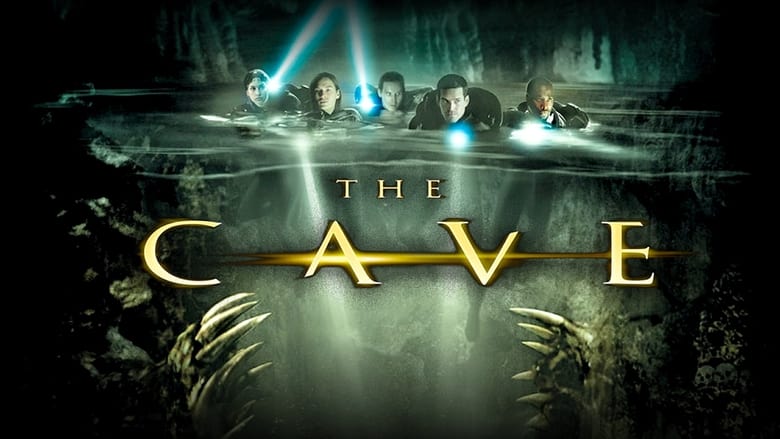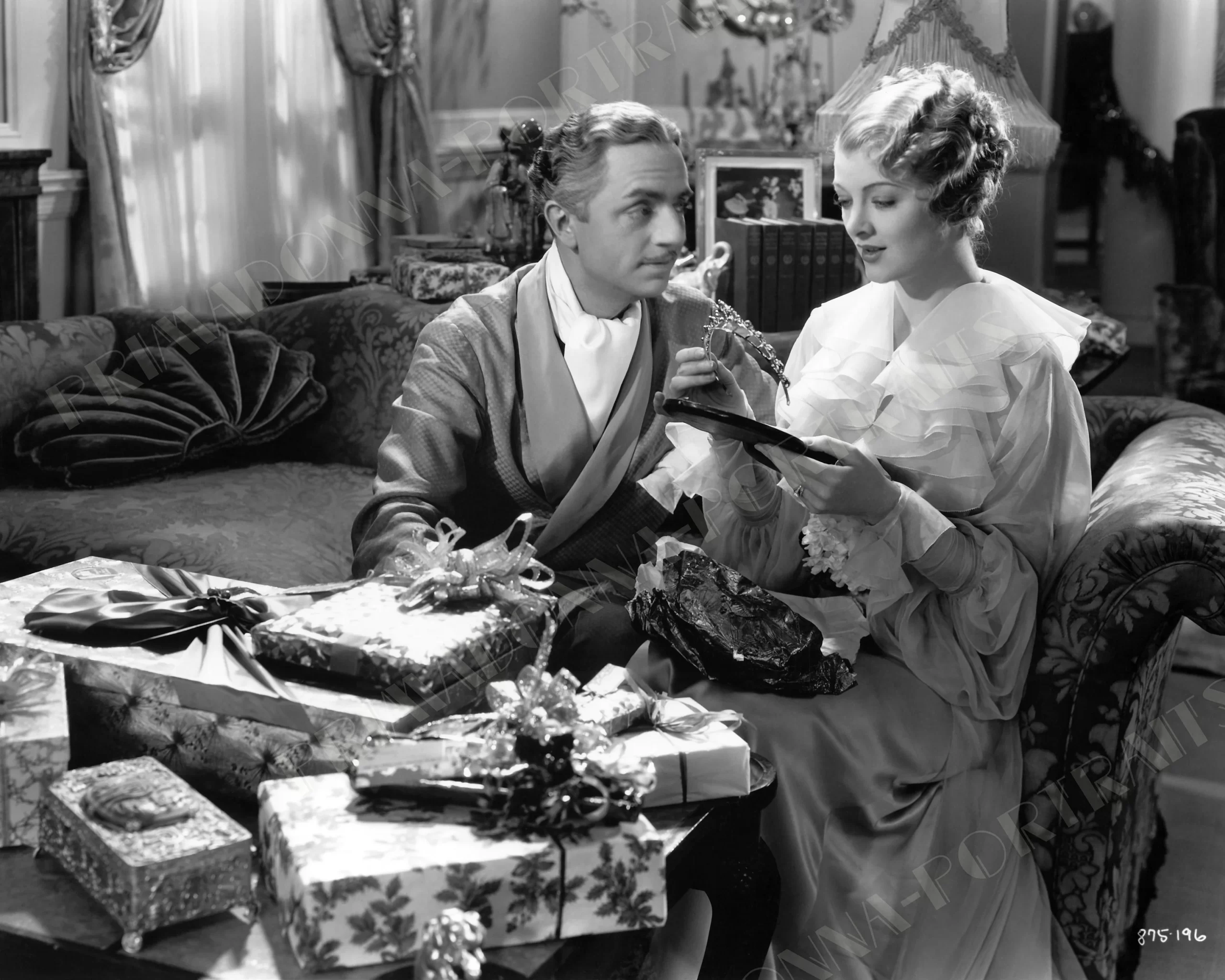Co-written with Margaux Poupard.
Samir: The proverbial “they” say sequels are never better than the original. Unless it’s a Godfather movie. But when it comes to crappy movies, that rule doesn’t always apply, does it? Sometimes the original is so awful that even the addition of a single interesting shot or genuinely funny line can raise a sequel that giant half step above the below-altitude level of the original. Not that the first Purge was completely crappy, per se, but it certainly did not make the most of its premise.
Margaux: To quote William Goldman, “sequels are whores’ movies” and generally, I agree with him. But The Purge: Anarchy did what most sequels tend to destroy credibility. Not to say that this film didn’t have it’s fair share of plot holes, but it was nowhere near the laughable levels of the first Purge installment.
Samir: By staying in the house, the first film limited the scope of its nightmarish future. In terms of space, theme and setting, it limited the story to a much smaller vision of a wide sweeping event. It told a story about the 1%, when one man’s exploitation of the Purge to sell high tech security equipment made his McMansion expansion a sore reminder to the other rich assholes in the neighborhood that, in this new world, they are vulnerable and dependent on something besides the power that money offers. While it’s a bitterly unflattering portrait of those with wealth (how they acquire it and how they use it), since the other 99% of potential viewers are not in that group, it felt like audiences were intrigued by the concept but not necessarily invested in any level beyond their adrenaline to care about the “protagonists.” BUT it was a good set-up for the sequel, which tells a story that plays far more twisted games with the moral compasses of the audience, and how they identify with characters.
Margaux: I agree with you there, even if the first Purge was the longest set-up ever for a sequel they didn’t know they’d get for sure, but The Purge: Anarchy pays off – the sequel would still be enjoyable even if you’d (rightfully) missed out on the first one.
Samir: This time around, you’re actually witnessing people of all stripes “purging” their inner murderous demons- but why do people still wear masks?
Margaux: Because masks, for some reason probably connected with childhood, are fucking terrifying.
In some ways, following a group of non-Purge-ers, out in the open, reminded me a lot of 28 Day Later. Somehow, being so out in the open felt more menacing than one family being contained in their locked-up house. You never knew which corner danger was going to spring from (usually, everywhere) and basically, nowhere felt safe.
Samir: Exactly! This Purge actually uses the power of the unknown, and that makes the concept much scarier this time around. It even plays on the fears of the sheltered amongst our society venturing into low-income communities and being scared at what they find there, making the reality of this idea far more threatening. Every shadow, empty street, any vehicle, and, cleverly, even traffic cameras, are sources of fear, where before it was a stupid boyfriend, a stupid child, and stupid parents who all pretty much got what was coming to them.
Margaux: You couldn’t even trust your neighbor – he might blow down your door and threaten to rape you and your daughter! That being the first taste of what was to come for the rest of the night was literally every woman in that theaters worst nightmare. And something I was surprised the first Purge never even touched on. As it stands, women are victims of violent crimes too much of the time, but to start there? Jesus, it really opened up a lot more questions about the inner-working of The Purge itself than got answered.
Samir: When you first met that guy, you knew what the outcome was and hoped it wouldn’t happen. While I am critical of how often violence against women is used for kicks in horror movies, and virtually every genre of filmmaking that Hollywood engages in, it seemed like that was the easiest way to show just how bad the minds of the people around you must be, but didn’t seem unrealistic within the logic of the film.
Margaux: And they drove that point home, again, when the rag-tag group (lead by the poor man’s Jon Hamm) get to their first destination – a friend/coworker’s home, you know it’s only a matter of time before shit hits the fan. But for the gun shots to be fired from within the house? Well…actually, you do see that coming, but – they’re reinforcing the notion that people you think you know aren’t the same on Purge Night.
Samir: That scene probably read as dull on the page, leading up to its money moment, but paid off really well. It had a precarious, unbalanced feeling to what we assumed would be a momentary haven. It all felt off and doomed, but there was wine, and a widescreen TV. I almost thought the whole family wanted to “purge” the world of their new guests.
Margaux: My only problem with that scene was the pill-popping friend giving them shelter was given a lot of lip service to having a “problem” (she’s pounding red wine guys), only to have her shot. I wasn’t sure what the movie was trying to say. Was that the equivalent of “sluts get killed first” in traditional horror?
Samir: Yes, if you have sex you will be killed in a horror movie, the director certainly doesn’t test that stereotype. And if you don’t get it on, you will want to kill someone. Of course the girl who takes advantage of the “freedom” from laws and social boundaries on this night, is the, shall we say, less attractive, girl. They made it painfully obvious with her stringy hair, sour demeanor, and awful wardrobe, that she wasn’t having any sex.
Margaux: Ha! The spoof nearly writes itself…anyway, moving on.
Samir: That rag-tag team quality adds a lot to the movie too – like The Thing, or Night of The Living Dead (not anywhere near as well, but treading that same enveloping path), where some fantastic event has brought together people from normally disparate social strata, forced to work together towards the only common thing they share, a desire to survive. But the group is lead by someone with a desire to kill. Someone who kills is their savior.
Margaux: Well, he has a reason for wanting to kill one particular person and it’s one movie trope we’ve seen time and time again. I was once told, you either need a “dead dog, wife, or kid” to make a male character sympathetic in mainstream movies. So of course, they went with “dead kid” – for unrelated Purge reasons. And even if the backstory was paperthin, the more pressing matter at hand, keeping a group of strangers, unable to protect themselves from harm, ultimately drives him/the plot for a good amount of screen time. Which was compelling enough for me, I didn’t need to know more either. I just wanted him to keep them safe ’til that weird air horn sounded off at 7 am.
Samir: True, and it really does make the whole film feel like an extension of that moment in Psycho when your heart skips a beat as Marion’s car sticks in the swamp and stops sinking. You’ve checked your morality about the concept of the Purge at that moment when you crave the killing of the people who are doing it for fun. We’re horrified at the adaptation of people’s “purging” sprees (like those who ride the subways on ATVs and fire flamethrowers at homeless people hiding between the walls of the tunnels), but root for deadly retribution.
Margaux: Well, don’t you think when you hold a human being auction to hunt people on a “for your pleasure” hunting ground, you’re sort of being emotionally manipulated into rooting for those bad guys to get theirs? It felt satisfying to FINALLY not see a character NOT pick up the assault rifle off the rich-dude-bro’s dead body. I certainly cheered every time Poor Man’s Jon Hamm nailed a head shot.

Samir: You’re readin my mind. We cheer when the rich people having a much fancier, fish-in-a-gilded-barrel, “The Most Dangerous Game” kind of Purge are retaliated against by the violent anarchist rebels led by the pseudo-Malcom-X of the future. I was actually disturbed by the level of whooping and cheering at the carnage in the theatre, even though the victims were totally despicable taint-wads in tuxes and gowns. Like, the audience of the films are just as bloodthirsty and despicable, only our celebrations are less glamorous. It exploits the thrill of the chase to make killing a similar release for everyone, like an amusement park Halloween ride. The land of the poor is a shopping mall for the rich on Purge night, and we have to fight others for scraps at the bargain basement sale of the urban streets.
Margaux: They mixed a little Hostel and Hostel 2 in there…
But you can just add that to the list of questions and themes that they started to seem to pose but decided to end with three of the six sorta-non-Purgers pulling up to a completely empty hospital parking lot. I dunno, that scene stuck with me, in a bad way.
I also felt they were trying to say something about the current state of gun control (and even income inequality), like Rise of The Planet of the Apes attempts to do, but never really takes it anywhere. Other than, EVERYONE has guns, and that one lady ranting about her right to bear arms on a rooftop while firing at random.
Samir: We knew she had death written all over her eventually- if not literal then definitely social death. What on Earth is she like when she’s NOT purging? It’s weird that the film actually invites you to question the notion of taking up arms when it heartily encourages you do so at the same time. Like we are back at the beginning of social movements against inequality- do we fight fire with fire, or with non-violence, when your life is threatened by the very notion of existing? This is a stacked deck, because there really is a live-or-die, dog-eat-dog world, for every person who doesn’t want to fight. That director James DeMonaco actually stuck with the anarchy theme was impressive, but I’m not totally sold on how he envisioned it. It felt too easy to draw it out by focusing first on a black family as the window into the poor people’s experience of the Purge (even though poverty is supposed to have been wiped out, literally, by the Purge). But I guess we have to be thankful that the perpetrators of violence are not restricted to any group (though the Latino characters seem to draw the short straw here). I wanted to know more about the “New Founding Fathers” since much more is made of the government and its reasons for creating this law, in this iteration of the concept.
Margaux: Well, I think they’re green lit for a third Purge movie, so hopefully they’ll explore The Founding Fathers master plan in more depth then.
As for Purge: Anarchy, I really liked that for an on-the-surface horror movie (the body count is significantly higher than the paltry first offering), they really had fun playing with that moral grey area. Which kills are “right” and which are “wrong” or are you “defending yourself” – does it make you feel better if it is justified? Does living through The Purge just mean that your morals are expected to continually deteriorate for the greater good? (Gooble Gobble) In some ways, the questions Purge: Anarchy seems to want us to discuss are not unlike end-of-the-world, zombie movies and shows. Poor Man’s Jon Hamm had a little bit of Rick Grimes of Walking Dead to him, I believe at the end (if memory serves) we find out he’s a sheriff when it’s not Purge Night.
Samir: They did their homework, that’s for sure. And I like that they didn’t just use these references as if plugging them into a pre-existing formula- they actually tried to tell a story that made us think about the world we live in. The vertiginous unstable sensation of watching the movie carries the intended theme more effectively, and the world as we know it looks less stable as a result.
Margaux: And in the process, you are thoroughly entertained when you watch the movie. There were a lot of good scares you didn’t see coming, the feeling of nothing being safe was tangible, and they made the smart choice of making the characters you follow for the night interesting and relatable without hitting too hard on too many cliche, backstories. It moved briskly and when it was all over, you almost felt the same level sadness as if you lived through it.
Samir: Overall, it was properly upsetting, and confrontational, and didn’t hand out any easy answers. Whether it attempts to do so in the future will be interesting to see.
Margaux: It was disturbing, but not nightmare-inducing and does what only good horror movies manage to do: the characters experiences end up staying with you, even days after you’ve seen the movie.
Samir: And it made the walk home more interesting and uncomfortable. Anyone, from the crazy lady with the megaphone or the gown-wearing set could be packing heat and itching to kill, if only it was socially acceptable. Walking through San Francisco has both of these in spades. I’d say the film merits 3 stars.
You can check out the offical website for The Purge: Anarchy here.





